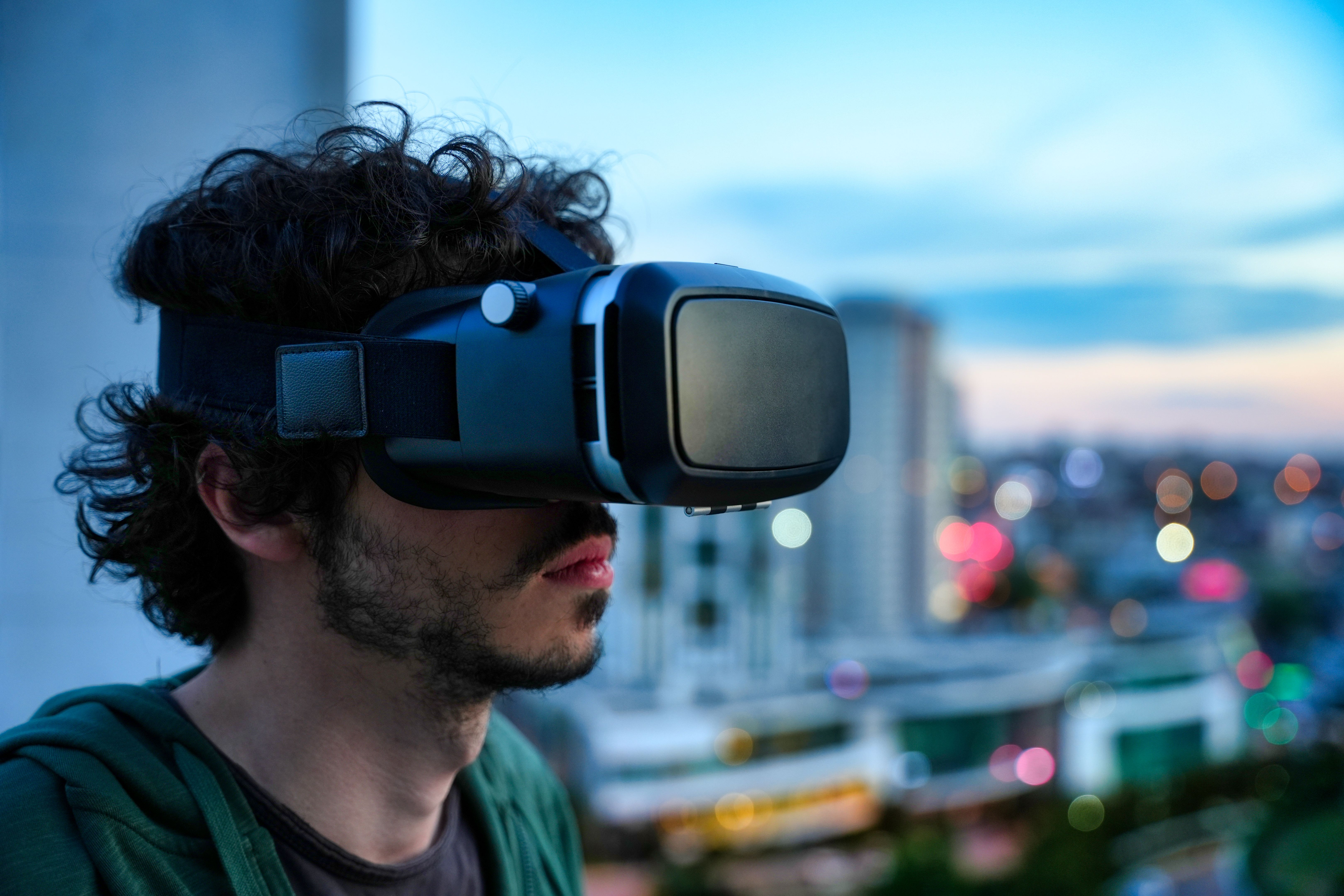The Power of Escapism: How Brands Use Fantasy to Captivate Consumers
Understanding Escapism in Marketing
In an increasingly complex world, escapism has become a vital part of consumer behavior. Brands have tapped into this need for escape, creating experiences that transport consumers to alternate realities. By leveraging the power of fantasy, companies can captivate and engage audiences on a deeper level, offering a temporary respite from their everyday lives.
Escapism in marketing isn't just about providing distractions; it's about crafting immersive experiences that resonate with consumers' desires and aspirations. This approach has proven to be incredibly effective, as it allows brands to build emotional connections with their audience, ultimately driving brand loyalty and consumer engagement.

The Role of Fantasy in Brand Strategy
Fantasy allows brands to break free from the constraints of reality, offering consumers a chance to experience something magical and extraordinary. Whether it's through storytelling, innovative product design, or interactive experiences, brands can create an alluring world that captivates consumers' imaginations.
For example, theme parks like Disneyland are masterful at using fantasy to create unforgettable experiences. By immersing visitors in a world of beloved characters and stories, they foster a sense of wonder and excitement that keeps people coming back for more. This strategy has been replicated in various forms across industries, from virtual reality experiences to imaginative advertising campaigns.
Creating Immersive Experiences
Brands looking to harness the power of escapism often focus on creating immersive environments that engage multiple senses. This can be achieved through:
- Storytelling: Crafting narratives that transport consumers to another world.
- Visual Design: Using captivating visuals to evoke a sense of wonder.
- Interactive Elements: Allowing consumers to participate in the fantasy actively.

Examples of Escapism in Action
Several brands have successfully integrated escapism into their marketing strategies. The fashion industry often uses fantasy themes in runway shows and advertising campaigns to create a dreamlike atmosphere. Similarly, video game companies create expansive virtual worlds where players can immerse themselves in epic adventures.
The success of these escapist strategies lies in their ability to offer something beyond the ordinary. By providing a unique and memorable experience, brands can differentiate themselves from competitors and foster a loyal customer base.
The Impact on Consumer Behavior
The appeal of escapism is deeply rooted in human psychology. In times of stress or uncertainty, people naturally gravitate towards activities that allow them to temporarily disconnect from reality. Brands that can tap into this need often see increased engagement and positive brand perception.

Moreover, by offering a sense of adventure and exploration, brands can inspire consumers to take action, whether it's making a purchase, sharing content, or participating in brand-related events. This connection between escapism and consumer behavior underscores the importance of incorporating fantasy elements into marketing strategies.
Conclusion: The Future of Escapism in Marketing
As technology continues to evolve, the potential for creating more sophisticated and engaging escapist experiences will only grow. Brands that embrace this trend will likely see increased consumer loyalty and brand advocacy. By understanding the power of escapism, marketers can craft campaigns that not only captivate but also resonate deeply with their target audience.
Incorporating fantasy into brand strategy is not just a fleeting trend; it's a powerful tool for building meaningful connections with consumers. As our world becomes more interconnected yet more complex, the desire for escape will remain strong, providing ample opportunities for brands to innovate and inspire.